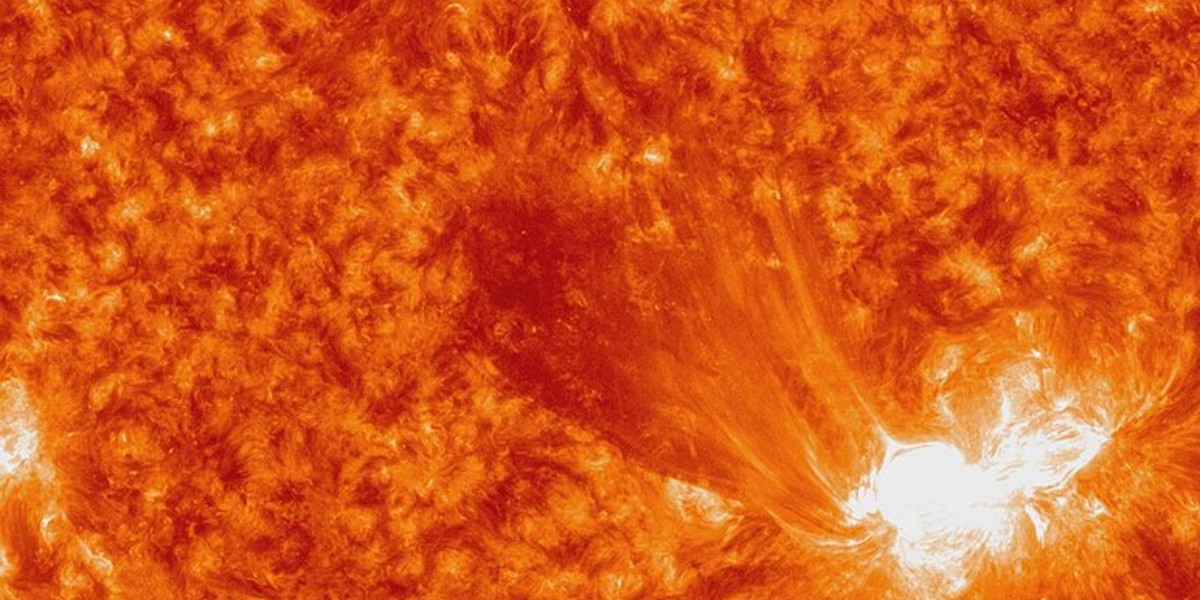After a period of relative quiet, the sun appears to be stirring once again.
Astronomers and space weather experts have noted an increase in solar phenomena, with more frequent sunspots, solar flares and coronal mass ejections being recorded in recent months.
Natural cycle
This heightened activity is part of the natural solar cycle, yet its implications are far-reaching, touching everything from satellite communications to the stability of Earth’s magnetic environment.
Solar flares and bursts of charged particles can disrupt radio signals, interfere with GPS systems and, in more extreme cases, affect the operation of satellites that underpin much of modern life.
Several agencies keeping a close eye
Airlines, energy providers and military agencies all keep a close watch on such developments. In 1989, a geomagnetic storm triggered by solar activity left millions in Canada without power, a reminder of the vulnerabilities that remain even in advanced societies.
The peak of an 11-year cycle
While the current increase in activity is not yet at those levels, it signals that the sun is approaching the peak of its 11-year cycle, often referred to as the solar maximum.
For scientists, this period offers opportunities to deepen understanding of space weather, but for industries reliant on precise communications and uninterrupted power, it brings a measure of risk.
For the public, the most immediate impact may be aesthetic: the chance to glimpse the aurora borealis further south than usual. But behind the beauty lies the reality that the sun’s renewed energy is a force to be respected as much as admired.







